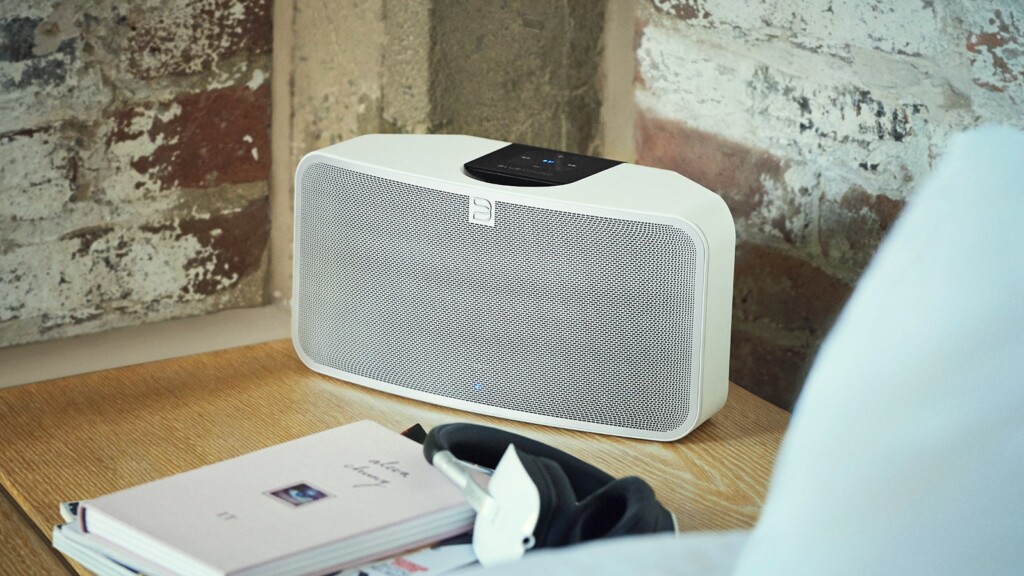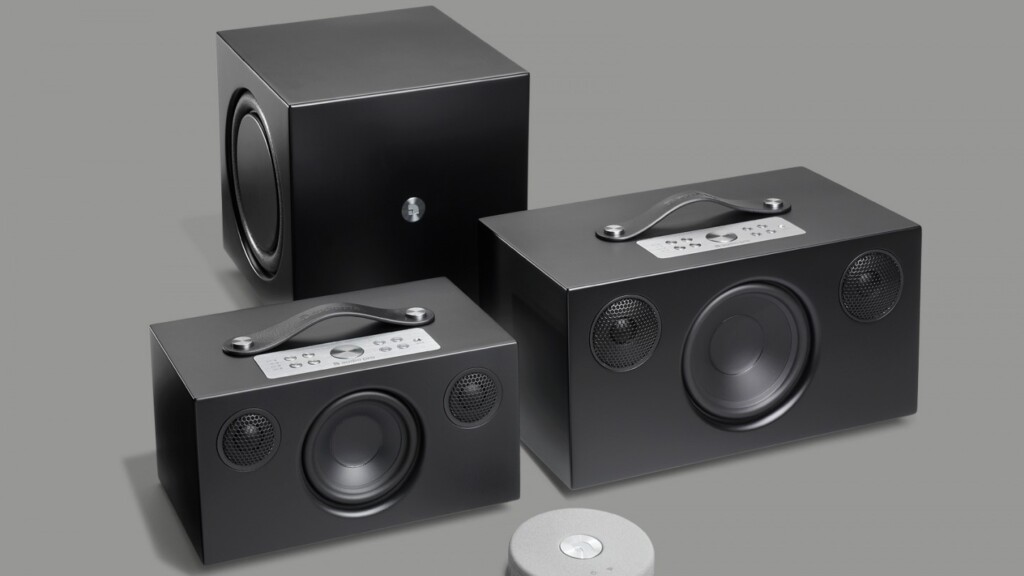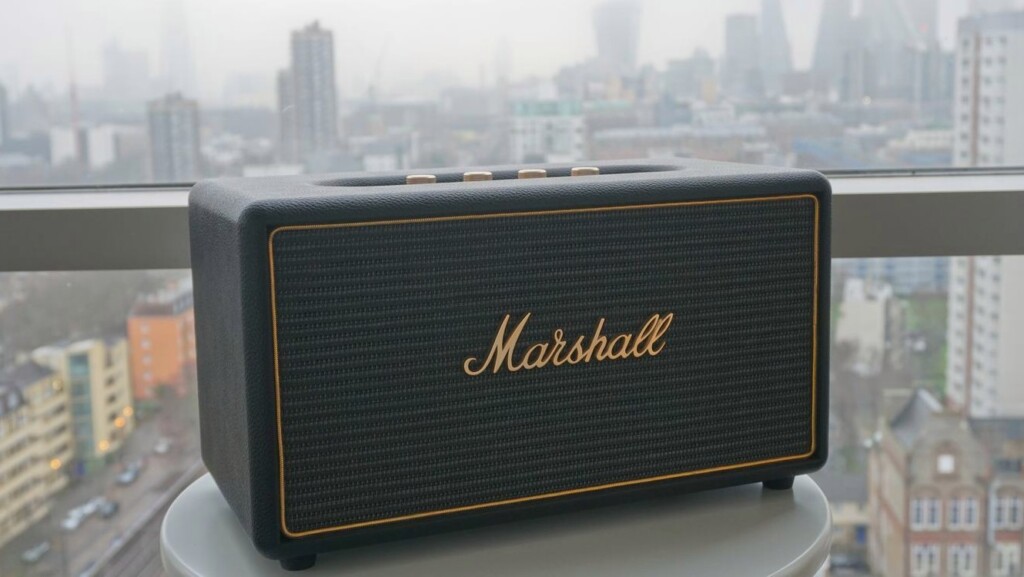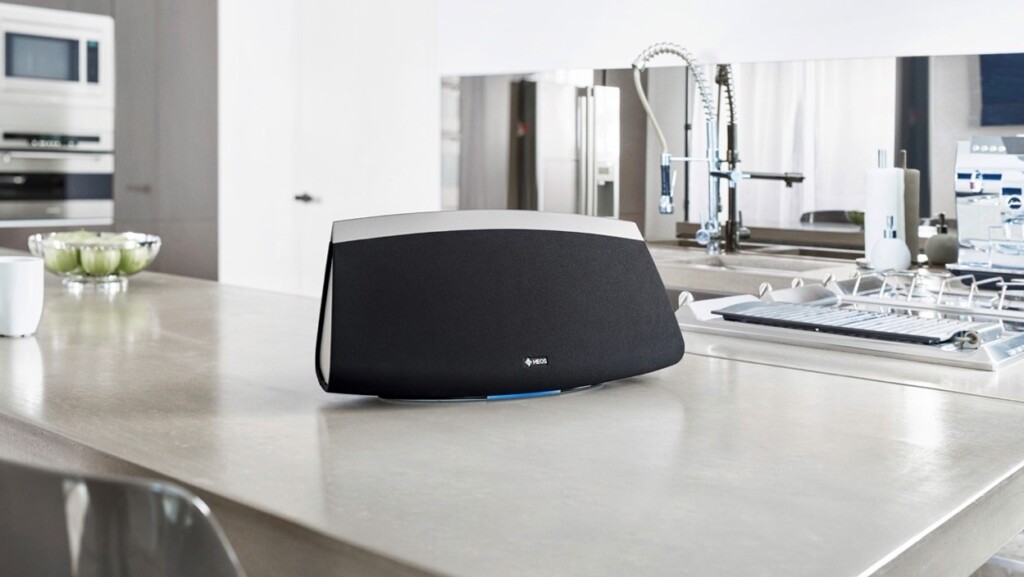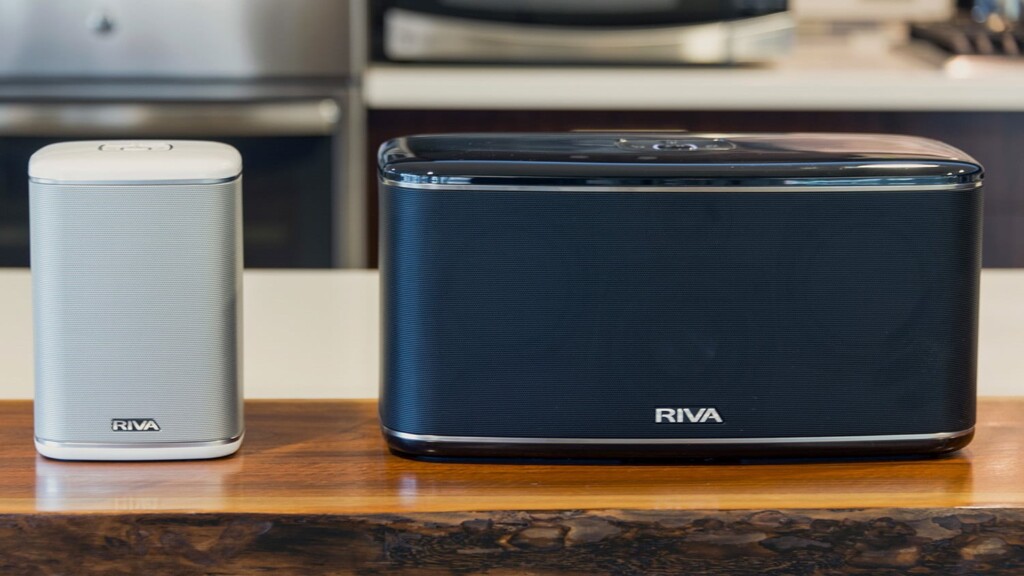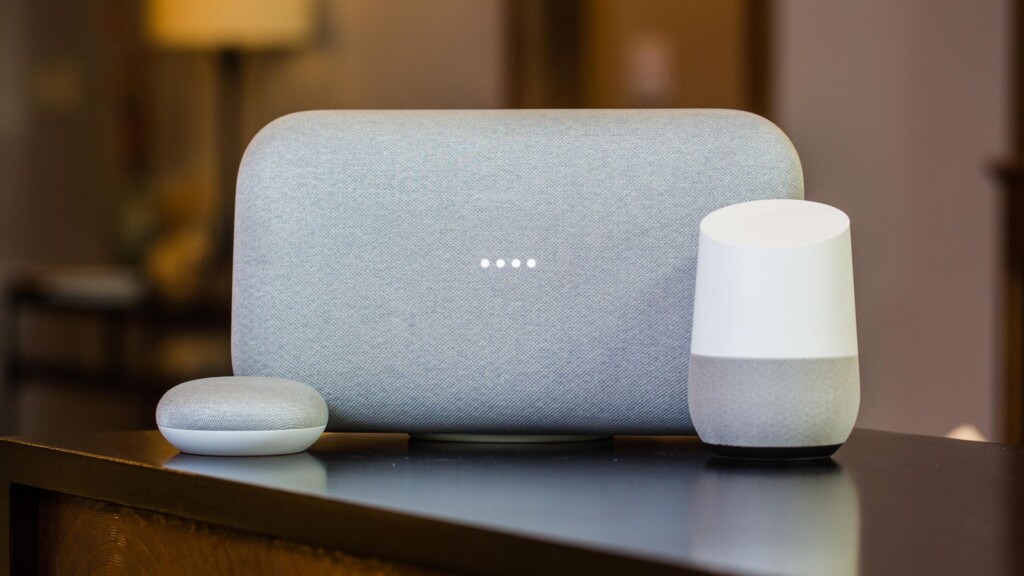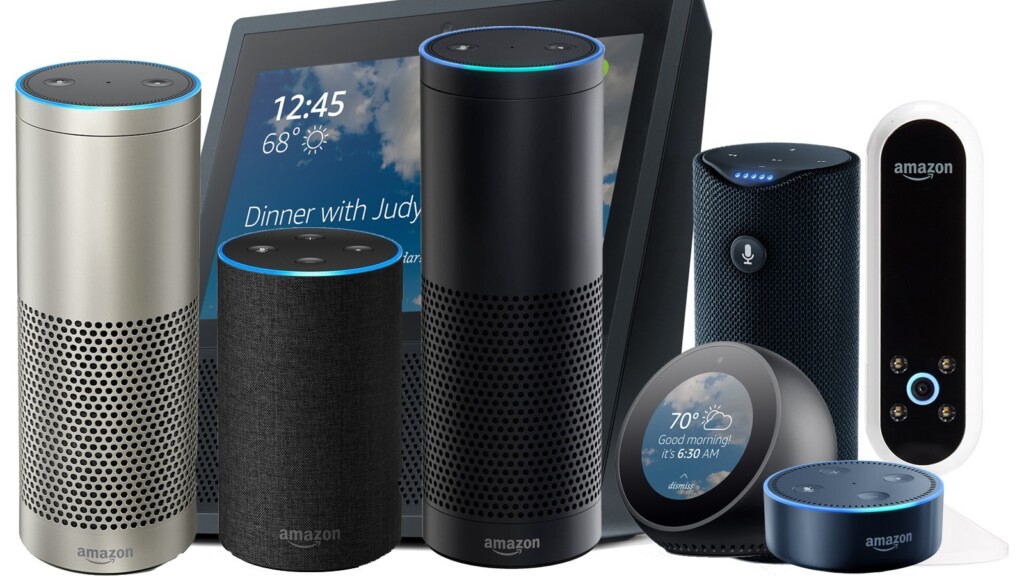
9 Best Sonos Alternatives 2019: Smart Speakers our Homes Truly Want
We all have been duped in past. That big $500 home theatre that you bought in last holiday sale is nowhere close to what you wanted. Settling down for whatever is available is something we all have been doing when it came to our speakers. Despite clear instructions on what people want in their homes, none of the brands are paying any attention. Sonos surprisingly has fooled us too. In 2018, Sonos launched its high-end speakers and featured neither a microphone or a voice assistant. The hopelessness in the market last year pushed people to find viable Sonos Alternatives—essentially something that’s smart, hi-quality, well-synched and affordable.
We acknowledge that a perfect speaker is practically elusive in the market. However, in this article, we will explore our best available options for Sonos alternatives, as Sonos is a perfect reference point. Here are our top 9 picks.
1. Bose
Bose has made its name for making the best audio hardware in the past few years. While reviewing their devices, we found that Bose speakers are robust and well-built, especially the portable series of Bose Speakers. The set-up methods for Bose speakers are straightforward. All you need to do is install the app, enter the WiFi’s password and register for Bose. Things from there is a smooth ride. If you encounter any problem, you can read its manual, which we found very specific and accurate.
Bose has an eye-catching design and shaped perfectly to blend with almost any area of your life. Keeping light weight and portability as their prime design factor, Bose has packed enough features to make their speakers a perfect companion. The devices also have an Amazon Alexa integration. Most of their models support WiFi, Bluetooth, Aux, and wireless streaming. For convenience, the brand has features like shortcut buttons and multi-room support. Coming to sound quality, Bose simply has superior experience compared to its competition. Techno and House both sound great, although there is a mild distortion at 100 volume in some of their models. But, if you keep the volume a bit down, Bose's treble and bass melt in your ears like butter.
2. Libratone
Libratone did a fantastic job in terms of music and overall build quality of their products. There haven’t been any major changes outside their devices, apart from making it more polished, but the inside has been refined over the years. The brand claims to have pushed the limits of the portable speakers. Its drivers are upgraded to deliver stronger and precise sound. The brand also has a room-correction feature which adjusts the sound to suit the layout of the room. It supports multi-room connectivity, and now can be connected to HomePod and AirPlay 2.
Their models feature Bluetooth streaming with the most loved 3.5mm jack to manually connect it with the other speakers. Their rechargeable battery and lightweight design allow people to carry it from room to room. And if there is a BBQ party in the summers, you can carry them along as well. Their latest models, like Libratone Zipp 2, have a microphone to listen to your voice command via Amazon Alexa. The models are available in a variety of colors to suit your taste and space. For the mentioned reasons, Libratone is an excellent Sonos alternative.
3. Bluesound
Developed by a British company, Bluesound is named as the best sound companion in many audiophile groups. Being the first manufacturer that supported MQA streaming in a multi-room setting, Bluesound has a lot of variety to choose from. The flexibility ensures that we have multiple models to pick from based on our space. The currently available choices are Pulse soundbar 2i, the Node 2i, Powernode 2i, and Vault 2i.
All the models from Bluesound support, 3.5 mm jack and Bluetooth streaming. The models can be controlled via the BlueOS app and easily operated between multi-room setting. It supports all the top streaming services whose function can be easily controlled between the app and the voice commands, which are based on Amazon’s Alexa. The models are bit pricier compared to its competitors, but the quality and design make up for the extra dollars.
4. Audio Pro
This Swedish brand has taken the sound to the next level. Audio Pro has nailed the sound quality in small speakers, and even with all the nodes turned to the extremes, the sound doesn’t distort. Before most of its competitors, the difference between Audio Pro and other brands are that of chalk and cheese.
Audio Pro does a great job at streaming music through both Bluetooth and WiFi. Currently Audio Pro has Addon C5 and Addon C10 available worldwide, which can easily be added to your existing Hi-Fi sound system. The two models are of the same design but are different in size. Based on the size of your space, you can pick your model. It features control buttons on the top, the pre-sets to its right and the outputs at the back. Audio Pro devices are easy to pair and comes with the voice connectivity of Amazon Alexa. Compared to Sonos speakers, Audio Pro is dramatically better sounding with its high level of details of texture and timbre of vocals and instruments.
5. Marshall
At your first look, Marshall speakers would resemble a radio box from the 1960s. The design of these speakers is classic and the features are top notch. Marshall claims to revolutionize the way we listen to music with its voice activation. Irrespective of which ecosystem we pick, Marshall lives to its expectation. The brand streams music through Google Home and blends with Apple Music and Amazon Prime Music by Bluetooth connectivity. The device also features 3.5 mm jack.
The speakers are perfectly sized. Recently, the Marshall has launched a pair of headset and headphone to complete their sound experience to the larger audience. The Multi-room model speakers are made up of three speakers; Acton, Stanmore, and Woburn. The sound quality is arguably better than Sonos, especially at higher volume. Marshall speakers are definitely viable Sonos alternatives in 2019.
6. Denon
Denon is a complete package when it comes to Multi-Room sound experience, ranging from its little portable Heos to its room-filling Sonos alternative, Heos 7. Their latest HS2 models feature WiFi and Bluetooth streaming support. However, we found the setup procedure of their speakers a bit unusual. The method requires you to install Denon official App on your device. Post which it requires you to connect your device by a 3.5 mm audio cable, which apparently sends a network password for future automated connectivity.
Some of the Denon Speakers feature an Ethernet port for dodgy WiFi holders and a USB port on the side. The devices don’t support the entire range of streaming networks, but you can still enjoy Spotify and Tidal. The expansive sound of Denon's devices is what sets it apart from all its competitors. Despite its clumsy software, we found the brand to be one of the best alternatives to Sonos speakers. In addition to that, we are also hopeful for its future software upgradations.
7. Riva Audio
Riva’s design reminds us of Sonos. And when it comes to the sound quality, Riva acts as a perfect Sonos alternative. The brand offers a great choice for both smaller and bigger rooms. It features Google Home integration to cast music from the various streaming apps including Spotify, Google Play, Tidal, and many others. Other services like Apple Music and Amazon Prime Music that don’t support the platform, can be played through Bluetooth.
Riva Audio features aux support and has in-built Amazon Alexa. This allows the devices to receive voice commands and perform as the next generation audio speakers. Riva Audio is tuned to the pure sound at every volume with its Trillium audio technology. The brand has a simple setup method. Its app is available in all the major stores and allows to operate the device right through your mobile. This rectangle high-quality speaker has its own pure rhythm to music which is quite hard to translate in words.
8. Google Home Series
Google Home series is a complete smart speaker that can suit almost any home. While comparing it to Sonos, it might lag behind at its sound quality, but at the same time, it wins the race when we list its stellar voice controls. Google Home offers a multi-room audio experience with Google Assistant and a built-in smart home controls. The biggest advantage of Google Home series is its availability to its complete ecosystem, from Chromecast Audio devices to Home hubs.
Google Home setup is done through its infamous Google Home app, which allows all the Google services to stream through it from Google play music to YouTube. To be honest, if you are already in Google’s ecosystem with an Android mobile, it would be best to get Google Home and continue the addiction to saying ‘Hey Google.’ The entire series is inexpensive and have decent sound.
9. Amazon Echo Series
Amazon Echo series is designed for home spaces with the homely advantages of Amazon Alexa. The sound quality may not be comparable to Sonos, but it’s decent for bedrooms and kitchens. If your home speakers need to fit into a budget, then it can’t get better than Amazon Echo to make your home ready for entertainment. It doesn’t support AirPlay 2, but that’s not a drawback assuming you are not in the Apple’s ecosystem. And if you are, you can connect Amazon devices to an external speaker that supports Apple products.
Of course, Amazon Echo series is phenomenal—capabale of filling rooms with your favorite music with the 360-degree omnidirectional speaker. For half the price of Sonos, we are talking about transforming your life with a voice-controlled home. With Amazon Echo series, a hands-free home is possible in a budget.
Here are our top 9 Sonos alternatives and the primary reasons why we listed them on this article. This list will help you find a suitable sound companion for your smart home, which both sounds great and pleases your pocket.
Do you agree with our list, or do you think we have missed one of your favorite multi-room speakers? Do let us know in the comments. Also, to get instant tech updates, Follow TechNadu’s Facebook page, and Twitter handle.



